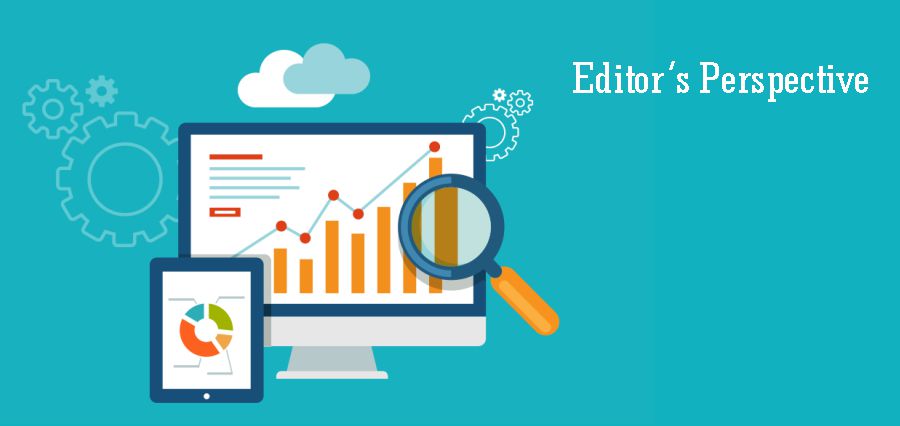Today, we are living in a digital age. Almost all organization use computer system to operate their businesses. Be it a government organization like railways or private MNCs like Google. To operate a business with computer, the most important thing you need is the “Software”. In order to use particular software, you need to buy a complete license, upgrade your existing hardware infrastructure and maintain it whenever new patches or upgrades get available. But, there is one technology solution, with which you can use “Software” even without buying its complete license and also there is no need for hardware up gradation and maintenance at the client side. All these are possible due to SaaS (Software as a service) model. SaaS is rapidly gaining popularity among enterprises due to powerful features it offers to its clients. In this article, I will throw some light on SaaS model.
What is SaaS?
SaaS stands for “Software as a Service”, which is completely based on cloud computing. It is a software model where you can use software based on monthly or yearly subscription basis. It is also known as “on-demand software”. When you need a software, subscribe it when don’t unsubscribe it. Thus, makes it affordable solution for software usage. Users only need a “Web Browser” and some “Subscription Fees” in order to use varied enterprise software.
Various business applications are under the umbrella of SaaS. Be it office software, messaging software, payroll processing software, DBMS software, management software, CAD software, development software, virtualization, accounting, collaboration, customer relationship management (CRM), Management Information Systems (MIS), enterprise resource planning (ERP), invoicing, human resource management (HRM), talent acquisition, content management (CM), and service desk management.
Architecture of SaaS
SaaS is completely based on a multitenant architecture. In this model, a single version of application with a similar configuration (hardware, network, operating system, and storage) is used for all the customers (Tenants). Thus, provides negligible latency while using an application. Due to this, every end user achieves same efficiency and productivity while using application, unlike traditional software usage.
In traditional software usage, multiple physical copies of the same software with a potentially different configuration and version installed on individual machines. This causes “Latency” some time and thus affects the efficiency of work.
Why is SaaS gaining popularity?
Available from anywhere: Since SaaS is a cloud-based service, it provides the flexibility to use desired business application from any part of the world.
No software Installation: As SaaS is a cloud-based service, and all applications get installed on server side only. So, there is no need to install application on the client side. You just need a web browser and internet connectivity in order to use desired business application.
No Hardware Installation: Each big application required some sort of hardware requirements but since SaaS is cloud-based service. You don’t need hardware at client side. All hardware requirements get done at central level.
Scalable and Cost effective: If today, you want 10 copies of software you can buy 10 instances of that particular application. If next month you need only 5, then you can unsubscribe 5 application instances. Application subscription is based on monthly or annual basis. Thus it makes SaaS application scalable and much cost affective as compared to traditional software. You need to pay only as per number of users for that particular application. Consequently, the initial setup cost for SaaS is typically lower than the equivalent enterprise software.
Quicker Application Updates: Since only a single copy of application is getting used from a central system. Applications can get updated frequently and easily. Development of new updates also consume less time since only a single version of a particular application is used by all end users. SaaS applications get updated more frequently as compare to traditional software, in many cases on a weekly or monthly basis.
Hassle-Free Maintenance: End users don’t need to worry about application up gradation. All the maintenance activity gets done at the central server level and thus makes maintenance a hassle-free task.
Better Disaster Recovery and Business Continuity: Since many instances of the same application runs on different servers simultaneously. Even if one instance fails due to any disaster, it won’t make application unavailable. Thus, it gives business continuity 24/7
Customization: Each application user can customize SaaS application to the degree it was designed for, based on a set of predefined configuration options. Even a same application can get customized for an individual company to a certain extent.
Area of Concern
Since SaaS is a cloud-based service and all application data resides on the server, many companies feel the threat of “Data Theft”. Data for any enterprise is one of the most critical resources and no one wants to compromise on that. Although SaaS provides efficient data security and it is practically impossible to theft data, but still, since application data resides outside the reach of an enterprise, it is natural to feel that threat.
SaaS is now becoming a modern way to use software due to cool features it offers to its clients. SaaS provides business application to its end users at a very affordable rate and with a great flexibility and features as compare to traditional software approach. This is the reason many companies are moving towards SaaS and making it a big success. According to a research firm, Gartner Inc., the global SaaS market is estimated to reach $75.7 billion by 2020 and Indian market to touch $10 billion by 2025.


